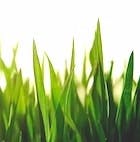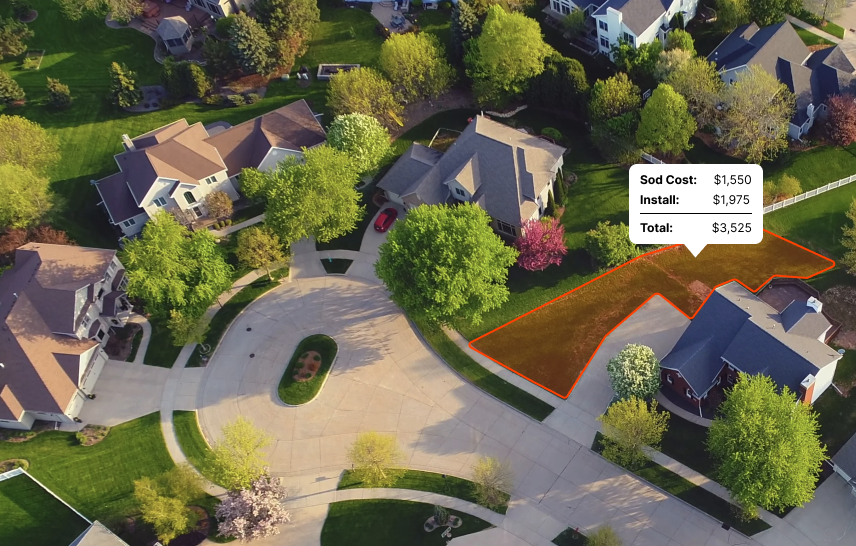All in all, the key to a successful lawn in Illinois lies in picking a grass type that can hold its own against the cold and that meshes well with your specific locale. And when it comes to timing, stick to early spring or early fall when the temperatures are just right and the soil is nicely moist.”
Introduction
In Illinois, the climate swings between all four seasons, featuring toasty summers and nippy winters. This unique weather pattern determines the kinds of grass that fit right into the Illinois environment - mainly those that can brave the cold and snow.
Situated in the cool-season grass zone, Illinois favors laying grass in early spring or early fall. The cooler temps and moist soil during these periods create a perfect nursery for grass seeds to sprout and grow.
Remember, though, the specifics of your location within the state can sway the ideal grass-laying time and the types of grass that will flourish. For instance, the southern areas may offer a longer growing season and may suit different grass varieties compared to the northern regions.
All in all, the key to a successful lawn in Illinois lies in picking a grass type that can hold its own against the cold and that meshes well with your specific locale. And when it comes to timing, stick to early spring or early fall when the temperatures are just right and the soil is nicely moist.
What are the best sod types for IL?
In the world of landscaping, not all grasses are created equal. Each thrives in a specific climate zone: cool, warm, or transition.
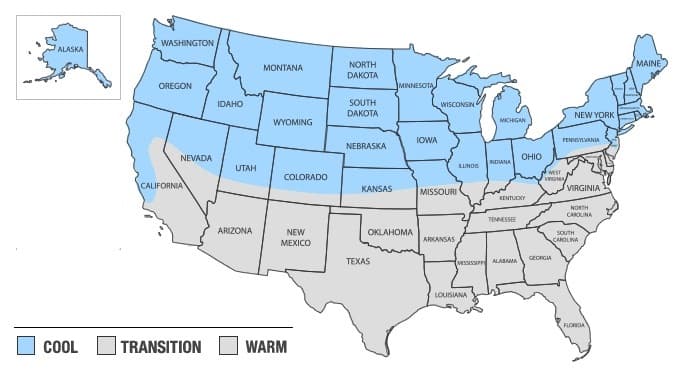
Illinois, with its cool season climate, prefers a particular set of grasses that relish the lower temperatures. The following sods are the easiest to grow and maintain in Illinois:
While it's possible to grow grasses meant for other regions with proper care, attention and timing, these are the most common grasses in Illinois for residential lawns.
Level Up Your Lawn Skills
Once per week we'll send you an interview from someone who has mastered the art of lawn care.
Recommended species for shade
Now, we're diving into shade-friendly grasses in Illinois. This can get tricky, because Illinois doubles up on blazing sunlight in the summer and gloomy skies in the winter. But don't worry, we've got it figured out.
First up, we've got Fine Fescue. This is your new best friend for shade. It stands out in the crowd, because it only needs about 4 hours of sunlight per day. You heard right, only 4. No other grass type or variety in Illinois comes close. And, to top it off, it’s cold-resistant, perfect for Illinois winter.
Next, consider Tall Fescue. Good old Tall Fescue thrives in partial shade and needs around 4-6 hours of sun. It's got that sturdy resilience against heat and drought. Plus, it's cool-season grass, so it doesn't mind the chilly Illinois winters.
Then there's Kentucky Bluegrass. This one's tricky. This bad-boy loves the sun, with a desire of 6-8 hours daily. However, there are varieties like "Glade" and "Touchdown" that can handle some shade. They might not perform as well as Fine or Tall Fescue, but they'll do a decent job.
Finally, let’s talk about Ryegrass. It's a cool-season grass needing about 4-6 hours of sun. In Illinois, Ryegrass is often mixed with Kentucky Bluegrass to offer a good balance of shade tolerance and lush green appearance.
Keep in mind, even with these shade-friendly grasses, pruning your trees allows more light to reach your lawn. Combine it with the right grass, and bask in the green glory of your Illinois lawn.
Next up, we're tackling optimal soil conditions for your chosen grass. Buckle up. It's going to be a fun ride.
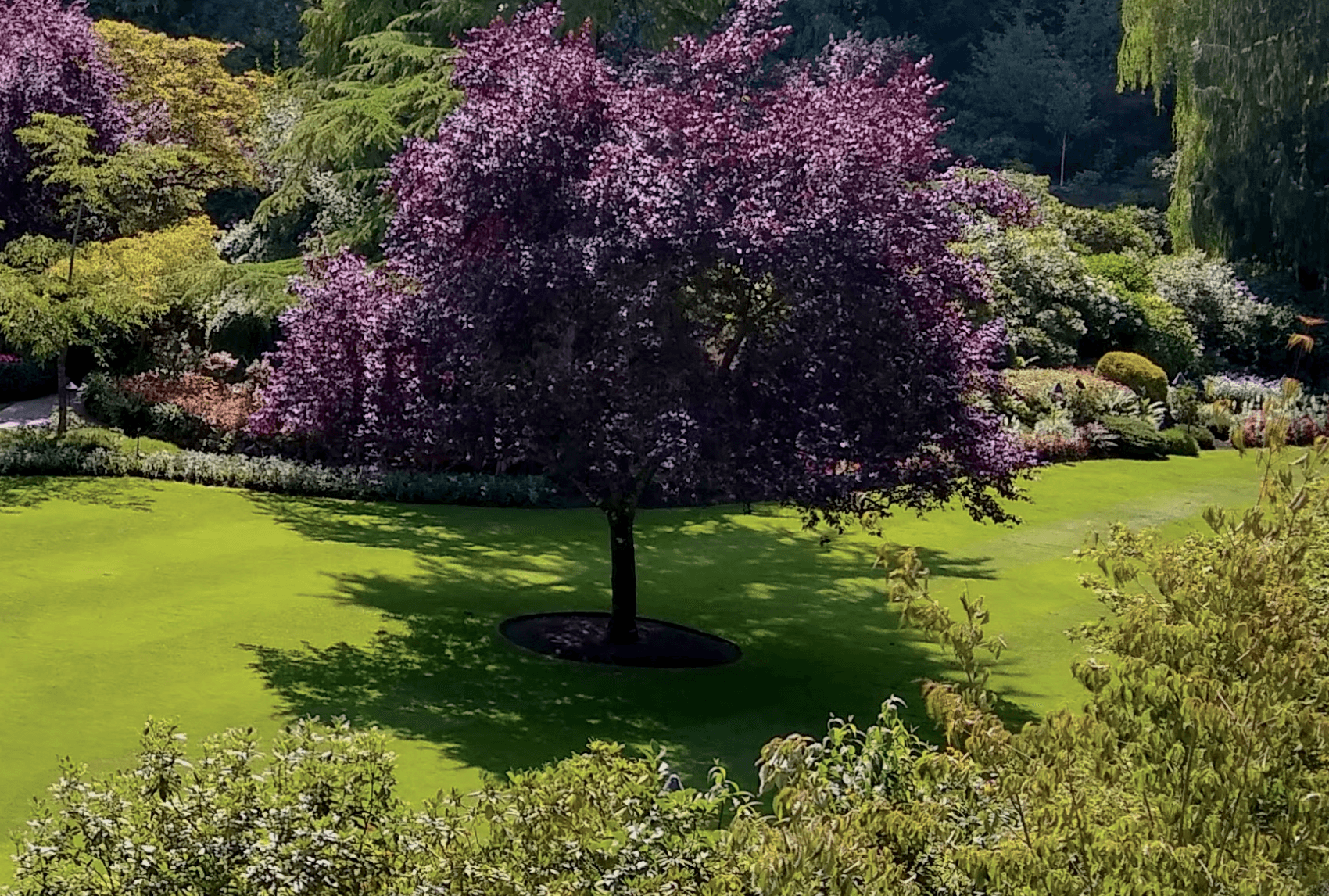
Recommended for full sun or partial sun
Choosing the right sod for your lawn depends heavily on the sunlight exposure in your yard. Different grass types have varying light requirements for optimal growth and appearance. Assessing whether your lawn receives full or partial sun is essential in selecting sod that will flourish and stay healthy in your specific environment.
Below are some sod options recommended for either full sun or partial sun conditions in IL:
| Grass Type | Sun | Good to Know |
|---|---|---|
| Tall Fescue | Partial | Tall Fescue is adaptable to a range of conditions, including partial sun, and is known for its deep root system and tolerance to drought. |
| Kentucky Bluegrass | Full | Kentucky Bluegrass prefers full sun and is prized for its fine texture, rich color, and ability to recover quickly from damage. |
| Perennial Ryegrass | Full | Perennial Ryegrass thrives in full sun and is known for its rapid germination, fine texture, and bright green color. |
| Fine Fescue | Partial | Fine Fescue is well-suited for partial sun and is appreciated for its fine texture, shade tolerance, and low maintenance requirements. |
What varieties stay green year-round?
As with anything agriculture related, there is some nuance to this question. There are many grasses that can stay green year round in but it depends heavily on your location within Illinois as well as any microclimates that may exist.
The following grasses have the ability to stay green year round in Illinois:
| Grass Type | Caveats |
|---|---|
| Tall Fescue | It typically stays green throughout the year in milder climates, given that it isn't overly stressed by heat or drought in the summer. |
| Kentucky Bluegrass | It can retain its green color for much of the year when well-maintained, though harsh winter temperatures can push it towards dormancy and a browner hue. |
| Perennial Ryegrass | It can stay vibrant and green throughout the year in many climates, unless conditions are extremely cold or dry. |
| Fine Fescue | It keeps its green color throughout the year in ideal conditions. If the winters are particularly harsh, it may lose some color. |
What is the best time to lay sod in Illinois?
Since it is considered a cool-season location, the ideal time to lay sod is in early spring or early fall. These periods offer moderate temperatures, leading to less stress on the sod and providing optimal conditions for root establishment before extreme temperatures of winter or summer. Avoid the summer, as high heat can stress the sod.
As you can see in the image below, you'll notice the most shoot growth (the grass above ground) and root growth in the spring and fall for cool season grases:
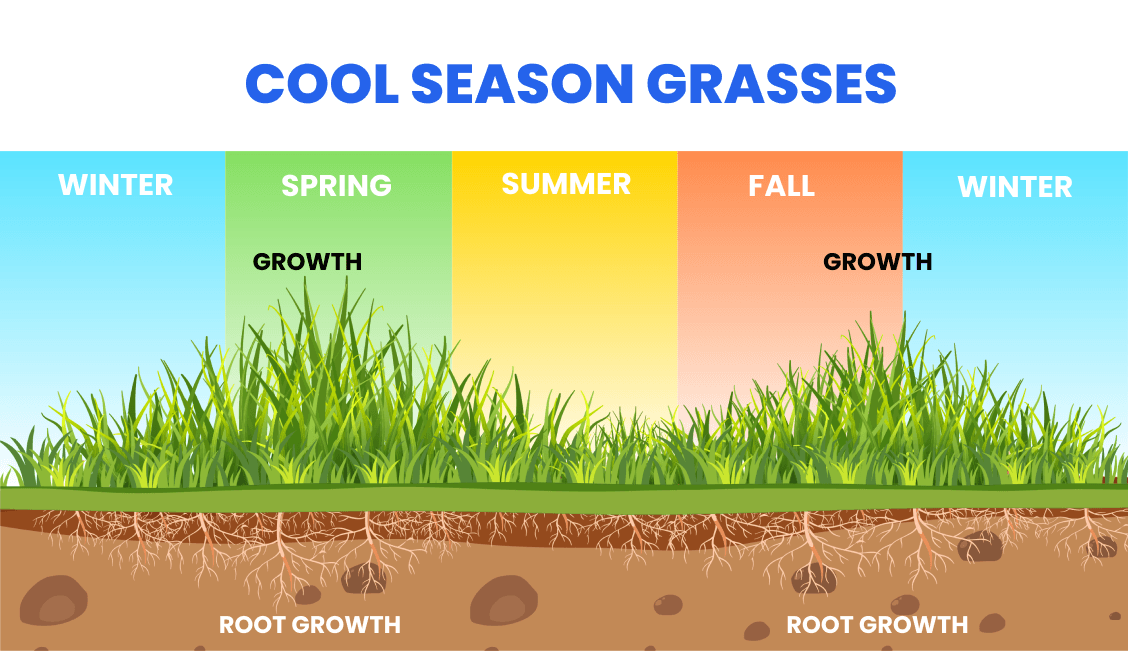
Find reputable companies for installing sod in IL
Here are the top problems you'll face when trying to get sod installed by a landscaping company:
- They're not transparent about pricing. You'll often get a quote that's way higher than you'd expect.
- They're hard to get ahold of on the phone or you'll reach out online but won't hear back.
- It's hard to pin them down for a specific date. Because you can only bring sod from the farm when there's decent weather, this causes some delays at times. It also has a short shelf life, so it's important to get it installed within a day or two of delivery.
We've done all the work for you. Click below to get a quote from one of the top installers in Illinois.
